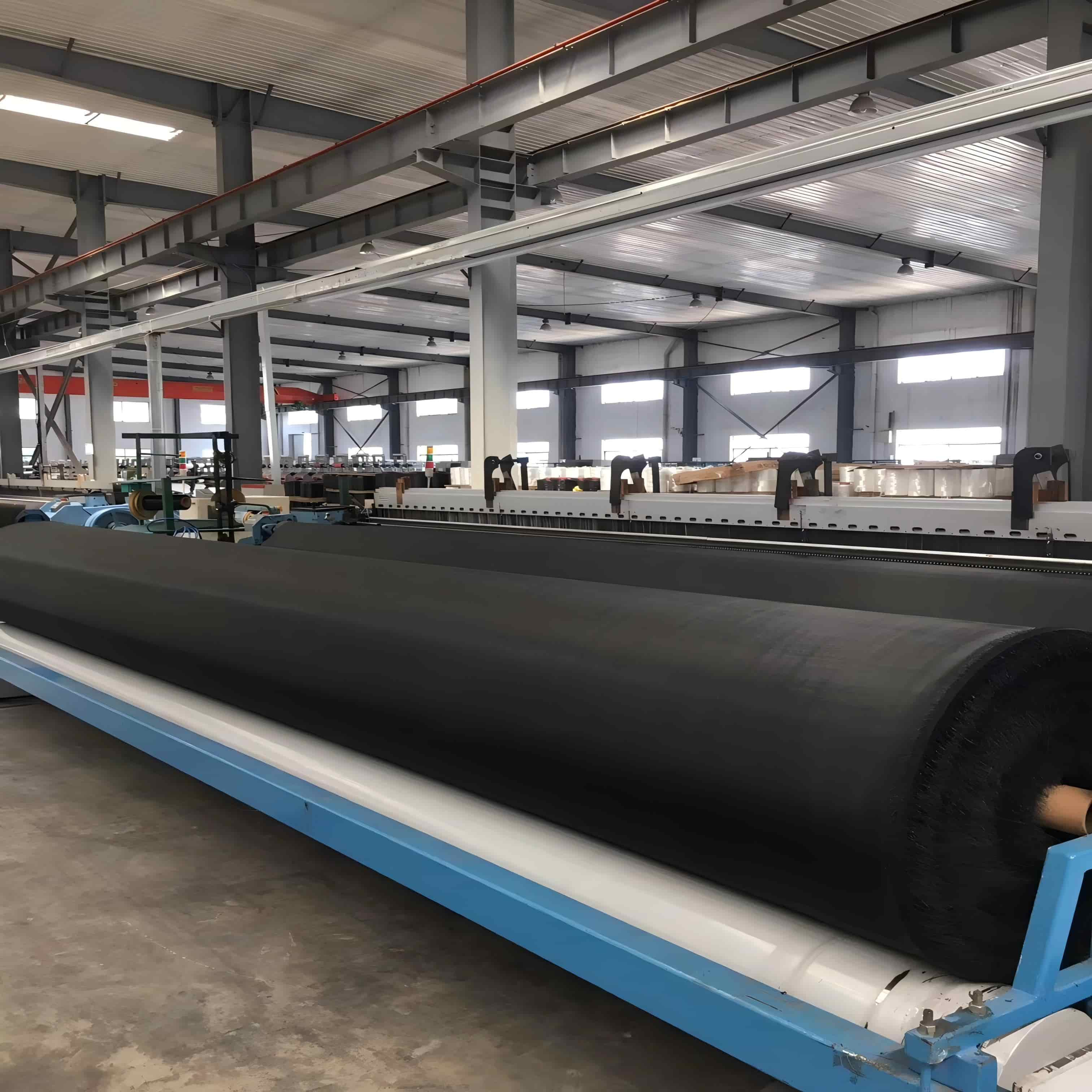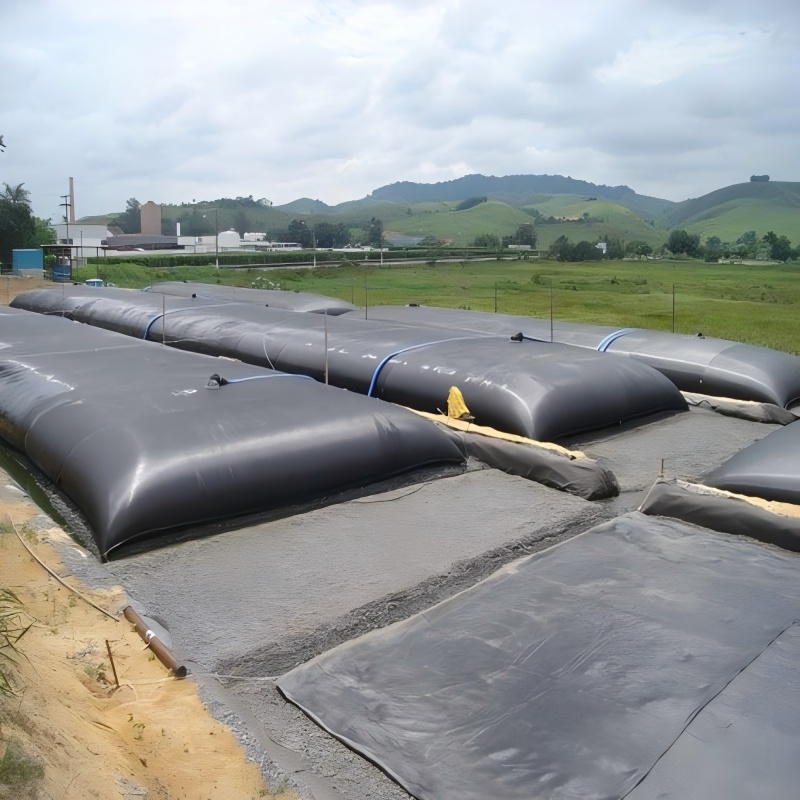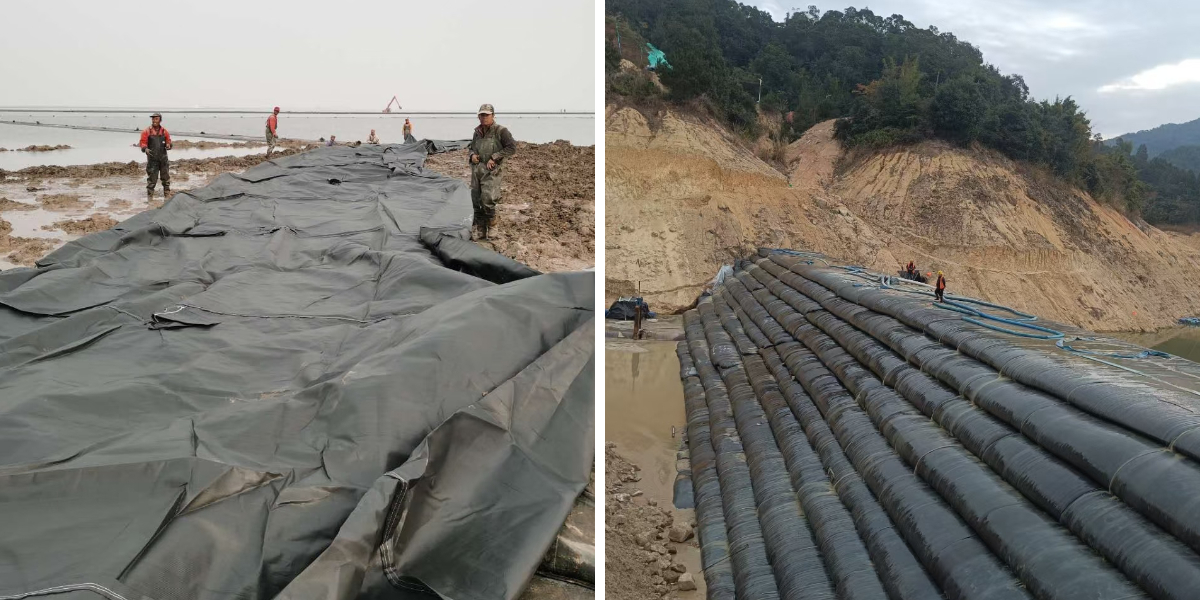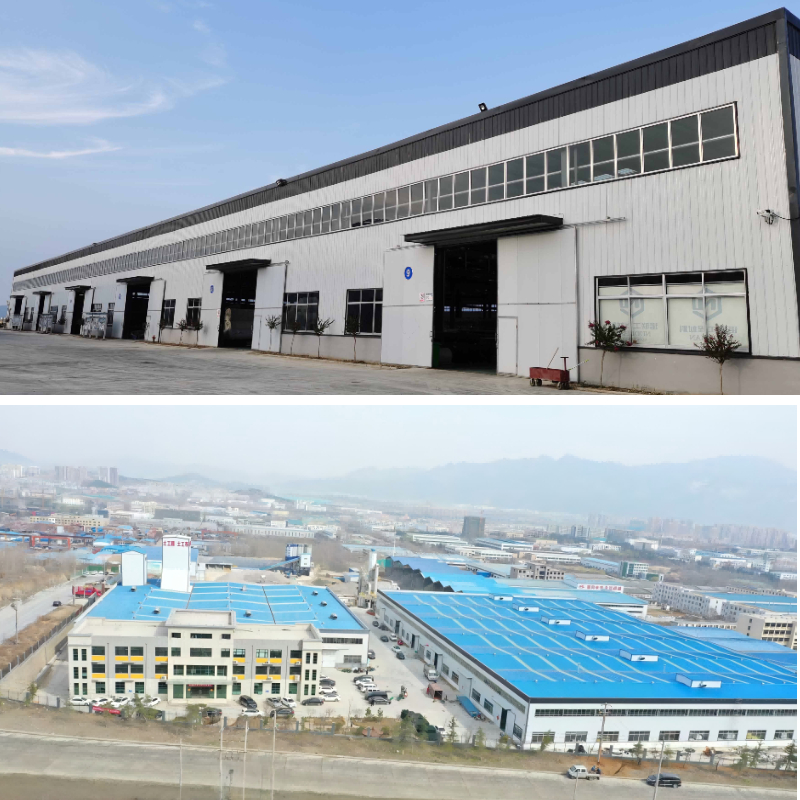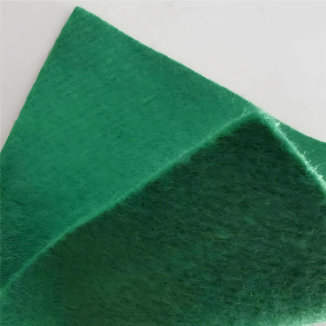Silt Barrier Tube
High-Efficiency Sediment Interception:
Special filtering materials can effectively trap construction sediment, preventing water pollution and protecting the aquatic ecosystem.
Easy Installation & Maintenance:
No complex tools or professional skills are required. It features quick installation, convenient inspection and maintenance, saving labor and time costs.
High Durability:
Made of high-quality wear-resistant materials, it resists water erosion, sun exposure and impact, ensuring a long service life and reducing replacement costs.
Flexible Adaptability:
Parameters such as length and pipe diameter can be customized, making it suitable for diverse scenarios ranging from small river regulation to large-scale port construction.
Product Introduction:
Silt Barrier Tube is an environmentally friendly protective product specifically designed to control the diffusion of sediment during construction projects. With special high-filterability materials as its core, it combines efficient sediment interception, convenient operation, and strong durability. During construction, it can accurately trap sediment particles and prevent them from flowing into surrounding water bodies such as rivers, lakes, and ports, thereby protecting the aquatic ecological environment and water quality at the source.
Meanwhile, the product supports flexible customization to meet the needs of projects of different scales and scenarios. It can be quickly installed and maintained without complex technologies, effectively reducing the project's labor costs and subsequent operation and maintenance pressure. It is an ideal protective equipment that balances environmental protection and efficiency in water conservancy and infrastructure projects.
Product Parameters:
project | unit | CWGD50S | CWGD90/120 | CWGD90S | CWGD100S | CWGD120S-B | CWGD120S-C | CWGD130S | CWGD200S-C | |
Tensile strength-radial | kN/m | 55 | 90 | 90 | 100 | 130 | 130 | 130 | 220 | |
Tensile strength-Weft | 50 | 120 | 90 | 100 | 120 | 120 | 130 | 210 | ||
Strain elongation-radial | % | 16±1 | 12±1 | 9±1 | 10±1 | 10±1 | 10±1 | 10±1 | 12±1 | |
Extensional elongation-Weft | 10±1 | 8±1 | 8±1 | 8±1 | 8±1 | 8±1 | 8±1 | 8±1 | ||
Breakage strength at 2% elongation | warp direction | kN/m | 5/15 | 14/40 | 30/30 | 30/30 | 20/40 | 22/40 | 20/45 | 15 |
Breakage strength at 5% elongation | warp direction | kN/m | 14/33 | 38/90 | 75/75 | 75/75 | 80/100 | 84/40 | 80/110 | 90 |
mass area ratio | g/m² | 285 | 440 | 390 | 430 | 540 | 540 | 560 | 850 | |
Joint tensile strength | kN/m | 35 | 90 | 60 | 70 | 100 | 100 | 110 | 170 | |
Static Burst Strength (CBR) | KN | 5 | 10 | 10 | 13 | 15 | 15 | 16 | 22 | |
Dynamic perforation | mm | 10 | 8 | 12 | 12 | 10 | 10 | 11 | 8 | |
Equivalent aperture (0g0) | mm | 0.9 | 0.48 | 0.52 | 0.45 | 0.4 | 0.3 | 0.43 | 0.4 | |
Permeability (Q50) | L/m²/s | 200 | 40 | 20 | 15 | 12 | 6.5 | 15 | 15 | |
Ultraviolet resistance (500h strong storage rate ) | % | 90 | 90 | 85 | 85 | 85 | 85 | 85 | 85 | |
Product Applications:
1. Water Conservancy Engineering: Precisely Solving Water Pollution Challenges During Construction
In water conservancy projects such as river dredging and regulation, reservoir reinforcement, and dike construction, construction activities (e.g., dredging by excavators, earth excavation) can easily cause a large amount of sediment to become suspended in water. If this sediment spreads with the water flow, it will lead to river silting, reduction in reservoir storage capacity, as well as covering the roots of aquatic plants and clogging the gills of fish, thereby disrupting the aquatic ecological balance.
2. Port and Marine Engineering: Balancing Navigation Safety and Marine Ecological Protection
In projects such as port dredging, wharf construction, and reclamation (land reclamation from the sea), dredging operations stir up seabed sediment, forming large-scale turbid zones. If these turbid zones spread to waterways, they will reduce the water depth of the waterways and affect the navigation safety of ships. If they flow into coastal waters, they will block the photosynthesis of plankton, leading to the deterioration of the living environment for marine organisms such as fish and shellfish.
3. Road and Bridge Engineering: Preventing Water Pollution Along the Line and Slope Instability
In cross-river bridge construction (e.g., pier drilling, foundation excavation) and highway slope drainage engineering, if construction sediment enters surrounding ditches and rivers, it will pollute farmland irrigation water. Additionally, sediment accumulation may cause ditch blockages, impairing drainage functions. For loose sediment generated during highway slope construction, if it is washed away by rainwater, it will exacerbate slope instability and trigger landslide risks.
4. Ecological Restoration Engineering: Assisting in the Construction of a Stable Aquatic Ecosystem
In ecological engineering projects such as wetland restoration and lake ecological management, sediment accumulation is a key factor contributing to ecological degradation. Excessive sediment can cover the roots of wetland plants, leading to plant death; sediment accumulation at the bottom of lakes can reduce the water area and impair the water body's self-purification capacity.
5. Municipal Infrastructure Engineering: Safeguarding Urban Water Environment and Landscapes
In municipal engineering projects such as urban river reconstruction, underground pipe gallery construction (in water-related areas), and landscape lake excavation, if sediment generated during construction enters urban water bodies, it will pollute drinking water sources (e.g., water intake points in the upper reaches of rivers) and undermine the clarity of landscape lakes. Additionally, it may block urban drainage networks, triggering the risk of waterlogging.
Silt Barrier Tube is an environmentally friendly engineering protection product, with high-filterability, weather-resistant and durable materials as its core. It features efficient sediment interception (trapping sediment particles ≥ 50μm, allowing water to pass while blocking sediment), easy installation and maintenance, and flexible customization.Mainly applied in water conservancy, port, municipal, road and bridge, and ecological restoration projects, it can specifically address the issue of sediment diffusion during the construction period. It not only protects water quality and aquatic ecosystems but also ensures project safety and reduces subsequent operation and maintenance costs. It is an ideal protective equipment that balances environmental protection and project efficiency.


